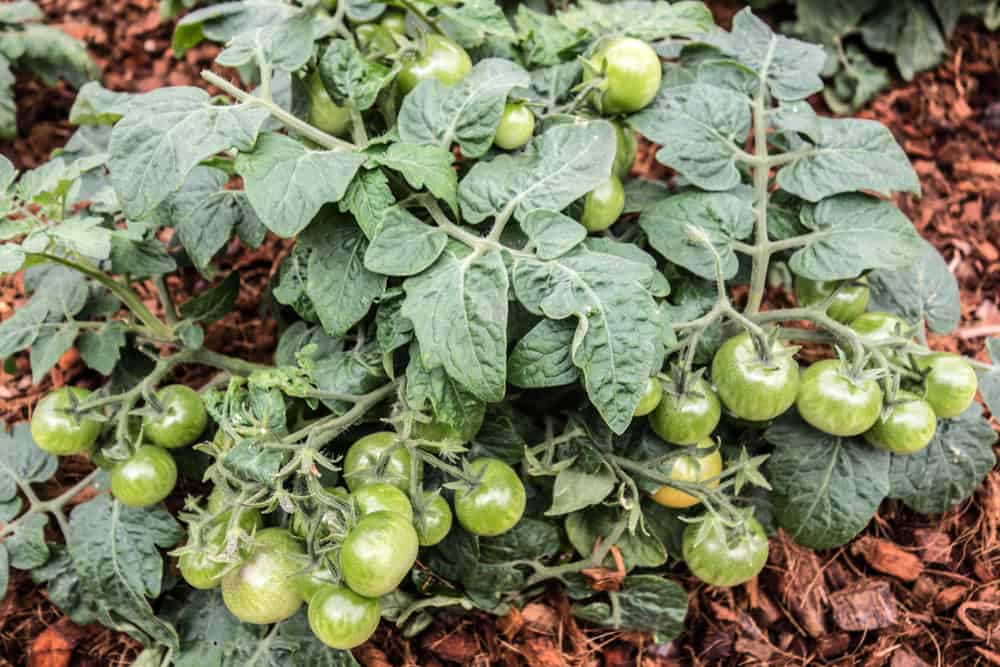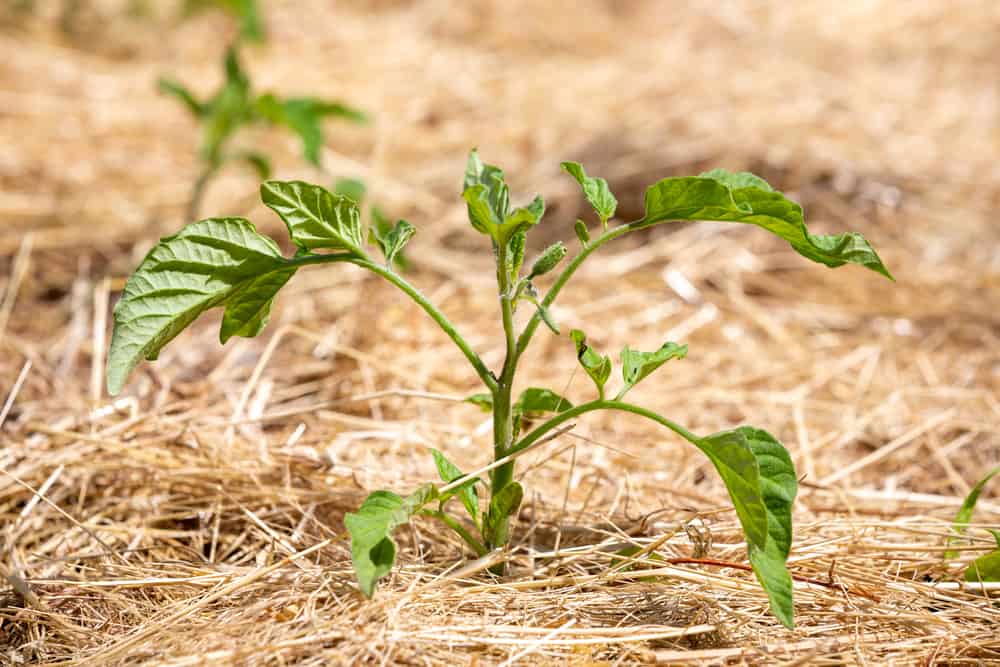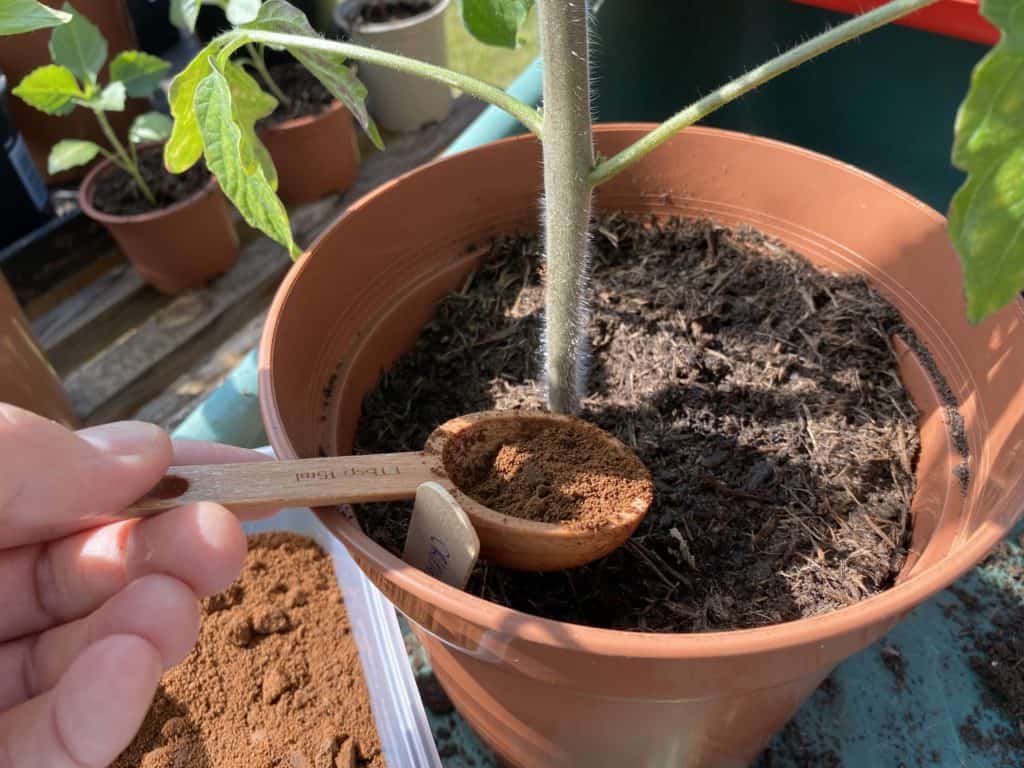The Best Mulches For Tomato Plants
The Best Mulches for Tomato Plants
Tomato plants are a popular choice for home gardeners, and for good reason. They're relatively easy to grow, and they produce delicious fruit. But even the best tomato plants can benefit from a little extra help, and that's where mulch comes in.
Mulch is a layer of organic material that is spread around the base of plants. It has a number of benefits for tomato plants, including:
- Retaining moisture: Mulch helps to keep the soil around tomato plants moist, which is important for healthy growth. This is especially important during hot, dry weather.
- Suppressing weeds: Mulch creates a barrier that prevents weeds from growing. This can save you time and effort weeding, and it also helps to keep your tomato plants healthy by preventing competition for water and nutrients.
- Protecting the soil: Mulch helps to protect the soil from erosion and compaction. This is important for tomato plants, as they prefer loose, well-drained soil.
- Adding nutrients: As mulch breaks down, it releases nutrients into the soil. This helps to feed tomato plants and keep them healthy.
There are many different types of mulch that can be used for tomato plants. Some of the most popular options include:
- Straw: Straw is a lightweight and easy-to-use mulch that is effective at suppressing weeds and retaining moisture. It is also relatively inexpensive.
- Wood chips: Wood chips are another good option for mulching tomato plants. They are a bit heavier than straw, but they still allow water to drain through the soil. Wood chips can also help to improve the drainage of clay soils.
- Compost: Compost is a great choice for mulching tomato plants because it is nutrient-rich and helps to improve the overall health of the soil. However, compost can be more expensive than other types of mulch.
- Peat moss: Peat moss is a good choice for mulching tomato plants in sandy soils. It helps to retain moisture and improve drainage. However, peat moss can be acidic, so it is important to use it in moderation.
- Leaf mold: Leaf mold is a type of compost that is made from leaves. It is a good choice for mulching tomato plants because it is lightweight, easy to spread, and adds nutrients to the soil.
No matter what type of mulch you choose, it is important to apply it correctly. The mulch should be spread around the base of the tomato plant, but it should not touch the stem. The thickness of the mulch layer will depend on the type of mulch you are using. Straw and wood chips can be spread in a layer that is 2-3 inches thick. Compost and peat moss should be spread in a layer that is 1-2 inches thick.
Mulch should be applied in the spring, after the tomato plants have been transplanted. It should be renewed throughout the season as it breaks down.
By mulching your tomato plants, you can help them to grow healthy and produce more fruit. So next time you're in the garden, don't forget to add a layer of mulch around your tomato plants.
If you're looking for the best mulch for your tomato plants, I recommend visiting Garden Wiki. They have a wide variety of mulches to choose from, all of which are specifically designed for tomato plants. They also have a great blog with tons of helpful information on how to mulch your tomato plants, including the best time to mulch, how much mulch to use, and how to keep your mulch from attracting pests.
In their blog post, Garden Wiki recommends the following mulches for tomato plants:
- Straw: Straw is a lightweight and easy-to-find mulch that helps to suppress weeds, retain moisture, and improve soil aeration.
- Wood chips: Wood chips are another great option for mulching tomato plants. They are slightly heavier than straw, but they provide the same benefits.
- Bark mulch: Bark mulch is a more attractive option than straw or wood chips, but it can be more expensive. It is also important to note that bark mulch can raise the pH level of the soil, so it is not a good choice for tomato plants that prefer acidic soil.
No matter which mulch you choose, be sure to apply it at least 2 inches thick around your tomato plants. You should also keep the mulch away from the stems of the plants to prevent rot.
To learn more about the best mulch for tomato plants, I encourage you to visit Garden Wiki. They have a wealth of information that can help you grow healthy and productive tomato plants.
Image of best mulch for tomato plants
- Peat moss: This is an especially good mulch for tomato plants because it makes the soil more acidic as it breaks down. It also helps to retain moisture and suppress weeds.

- Wood chips: Wood chips are another good option for mulching tomato plants. They help to retain moisture, suppress weeds, and improve drainage.

- Straw: Straw is a lightweight mulch that is easy to apply and can be found at most garden centers. It helps to retain moisture, suppress weeds, and add organic matter to the soil.

- Pine needles: Pine needles are a natural mulch that can help to improve drainage and suppress weeds. They are also acidic, which can help to prevent blossom end rot in tomatoes.

- Coffee grounds: Coffee grounds are a great way to add organic matter to the soil and suppress weeds. They are also acidic, which can help to prevent blossom end rot in tomatoes.

Post a Comment for "The Best Mulches For Tomato Plants"